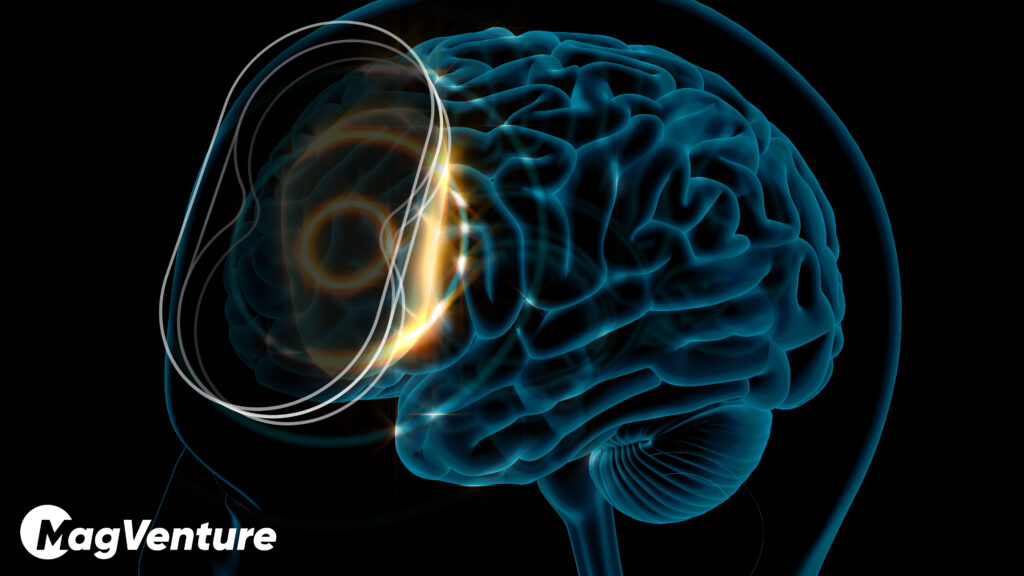Transcranial magnetic stimulation (TMS) is a non-invasive treatment modality that helps increase neural activity in the brain. Image studies have demonstrated that areas of the brain responsible for mood disorders are less active in people with depression than in those without it. TMS directs magnetic stimulation to these areas, helping to create improved connectivity and increasing activity.
This innovative treatment can target several primary disorders that interfere with daily life, including depression and anxiety. Contact our team today to learn more about the conditions treated by Austin TMS therapy.
The most common condition that Austin patients utilize TMS therapy for is treatment-resistant depression. The first line of defense against depression is typically antidepressant medications and psychotherapy. However, these methods are not always effective.
The potential for reducing or eliminating symptoms of depression when you require more than one medication declines significantly. If you do not get relief after two or three medications, it is called treatment-resistant depression.
TMS therapy has been a beacon of hope for individuals with treatment-resistant depression, offering relief without the side effects commonly associated with drugs. In addition, TMS can benefit the following conditions:
TMS has the same side effect profile for each of these disorders, which is relatively low. However, the success rate can vary depending on your underlying medical conditions and their severity.

Evidence shows that TMS improves neural activity and takes advantage of brain plasticity, which is the brain’s ability to reorganize itself in response to stimulation. This adaptation allows the brain to compensate for injury and disease, respond to new situations or changes in the environment, and is essential for learning and memory.
Image studies have shown that areas of the brain responsible for mood disorders are far less active in people with depression than those without the condition. These same studies demonstrate greater neuroconnectivity and increased activity after TMS treatment for treatment-resistant depression, resulting in reduced depression symptoms.
In clinical trials, the most common side effect was temporary discomfort or pain near where the treatment is administered. Most people found this discomfort resolved after the first week of the treatment cycle. Other side effects could include eye pain, toothache, muscle twitches, and skin pain, which also typically disappear after the initial week.
Although TMS therapy in Austin is safe and effective in treating mental health conditions, it is not the right choice for everyone.
Since it uses magnetic stimulation, people with non-removable metallic devices, including cochlear implants, deep brain stimulators, and some pacemakers, should not receive this treatment. Similarly, individuals with tattoos made with ferromagnetic ink are not good candidates. There is also a rare risk of seizure activity, so people with a known seizure disorder or a head injury should not use TMS therapy.
TMS therapy is proven to be highly effective and safe for many people in the treatment of brain-related conditions. Call our office today to schedule your consultation to learn about the conditions treated by Austin TMS therapy and whether you are a good candidate.